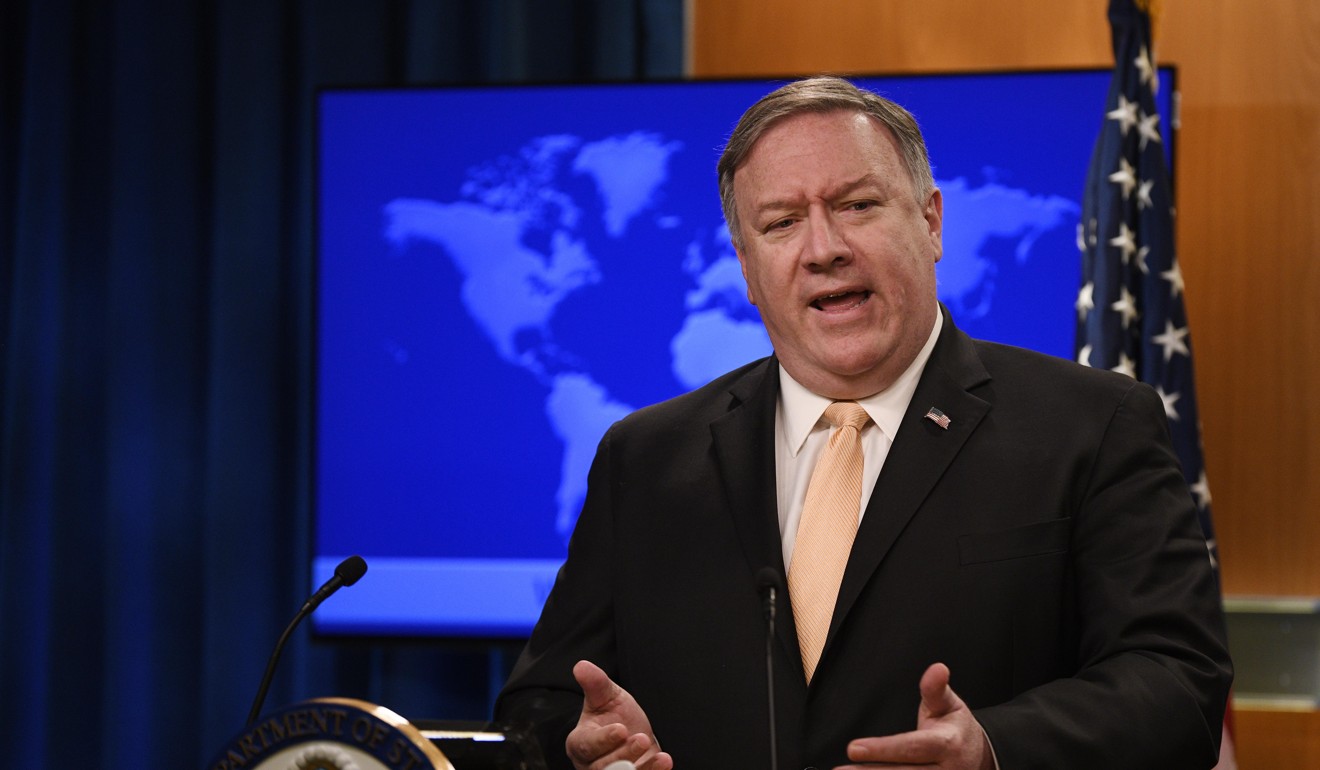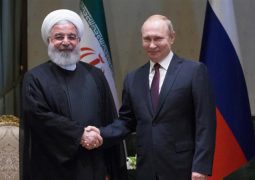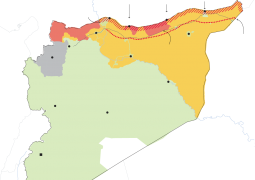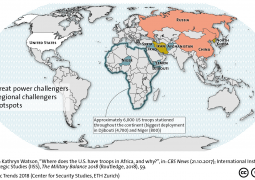The weaponisation of the US dollar is the end of its economic ascendancy in Asia – with China’s yuan ready to fill the void

- Hawkish US sanctions on Iran have had an unanticipated side effect – they’re helping to promote the formation of a new informal Asian monetary bloc centred on the yuan, at the expense of the US dollar.
“We’re going to zero across the board,” said US Secretary of State Mike Pompeo, declaring his intention to halt Iranian oil shipments entirely.
China, the biggest buyer of Iranian oil, immediately protested, insisting its purchases of Iranian exports are perfectly legitimate and should continue.
Yet despite the vehemence of its complaints, in the near term China will have no option but to comply with US demands and stop buying crude from Iran.
That compliance will allow the hawks in Washington to congratulate themselves for successfully implementing what Donald Trump has described as the “toughest ever” sanctions regime against Iran.
Yet far from being a triumphant exercise of US influence, in the longer run the ability of Washington to compel China’s compliance with its wishes will only lead to a diminution of American power, and hasten the end of US economic and diplomatic primacy in Asia.
The reason China has no choice but to comply with US sanctions is that in recent years the US government has increasingly weaponised the US dollar to serve its political aims.
Each year China imports almost US$250 billion worth of oil and another US$150 billion or so of iron ore, copper, coal and soy beans. And because those vital commodities are priced and traded in US dollars internationally, China has to pay for its imports in the American currency.
That means China’s transactions are ultimately settled through the US financial system, which gives the US authorities a huge degree of leverage over what China buys and – more importantly – from whom.
In recent years, the US authorities have made it clear they are quite ready to use the leverage that the US dollar’s international status gives them.
For example, they have hit non-US banks such as Standard Chartered and BNP Paribas with huge fines for conducting US dollar transactions with Iranian counterparties, even though the banks broke no laws in the countries where the deals were done.
But short-term compliance does not imply longer-term acquiescence. Quite the reverse; the US move to scrap Iranian sanction waivers, using its weaponisation of the US dollar as an implied threat to ensure compliance, will only encourage China and others to seek an alternative to the US dollar as the currency of denomination for their future international trade and investment flows.

Establishing an alternative will not be easy. Much like a dominant computer operating system, the US dollar has all the advantages of incumbency as the world’s currency of choice. The reason companies use Microsoft is that other companies use Microsoft, plus they have accumulated years of knowledge and experience of using Microsoft. So, for another operating system to replace Microsoft Windows, the new system can’t just be marginally better – it has to be miles better.
But by weaponising the US dollar, Washington has made the search for an alternative more urgent. And over the last few years, Beijing has done much of the groundwork needed to promote the yuan to the rest of the world as a potential challenger.
To encourage other countries to begin using the yuan as a trading currency, the Chinese government has improved access to yuan financing by allowing a pool of offshore liquidity to develop in Hong Kong.
But the big step will be for Beijing to persuade commodity exporters, and oil exporters in particular, to accept payment for their shipments in yuan. To do this, Beijing must convince producers that they can do more with the yuan they earn than simply use it to buy manufactured goods from China.
In other words, Beijing has to offer a stable, secure “risk-free” asset denominated in yuan, with plentiful liquidity and a guaranteed exit route, to provide the world with a viable alternative to US Treasury bonds as a safe store of value.

That is exactly what the Chinese government is trying to do. On Friday, president Xi Jinping repeated his assertion that China will not devalue the yuan, but instead will keep its value stable.
Meanwhile, China is offering oil and gold futures denominated in yuan, which effectively allow oil earnings to be hedged and potentially converted into gold. And Beijing has indeed kept the value of the yuan relatively stable, especially against other Asian currencies. What’s more, it has ensured that Chinese government bonds have offered better total returns over recent years than other “risk free” assets, including US Treasuries or German Bunds.
All these measures are aimed at persuading China’s trading partners to use and hold more yuan. So far, Beijing’s successes have been modest. Qatar is accepting some gas payments in yuan. And Russia last year moved around US$50 billion of its foreign reserves from US dollars to yuan.
Now, the threat that Washington will enforce its sanctions against Iran on third-party oil importers is only likely to accelerate the move towards the yuan as a trading and reserve currency. Countries in Asia especially are likely to reason that if trading in US dollars means allowing the US government to police who you deal with, then it makes good sense to transact your business in another currency, and the yuan is an obvious candidate.
In short, US sanctions on Iran are helping to promote the formation of a new informal Asian monetary bloc centred on the yuan, at the expense of the US currency. In retrospect, 2019 may come to be regarded as the year that US economic influence in Asia really began to wane – all because of Washington’s misguided weaponisation of the US dollar. ■
Tom Holland is a former SCMP staffer who has been writing about Asian affairs for more than 25 years
- Previous This $1,650 pill will tell your doctors whether you’ve taken it. Is it the future of medicine?
- Next Geopolitics: Indonesia forecasts multibillion-dollar belt and road investments in four growth regions












